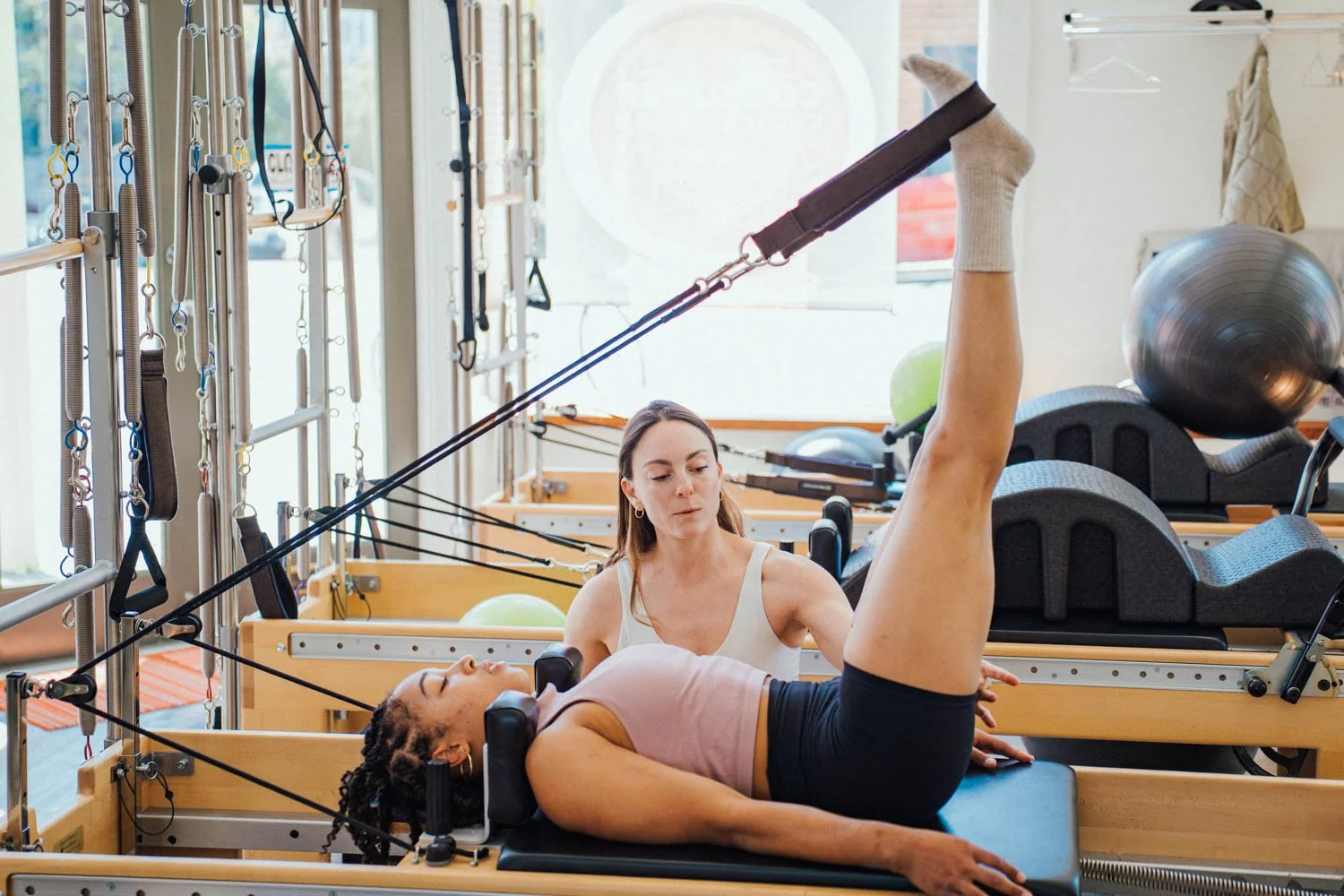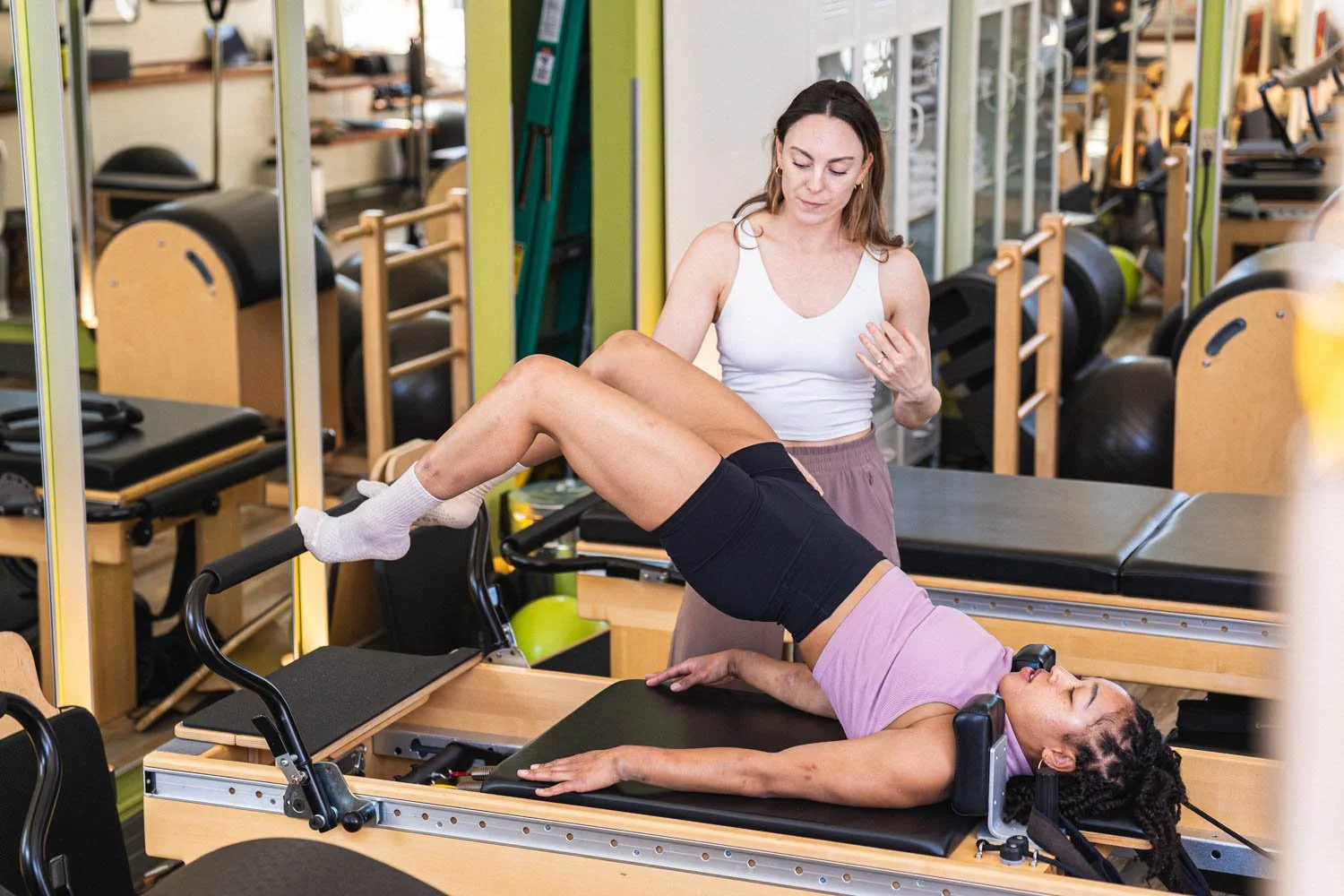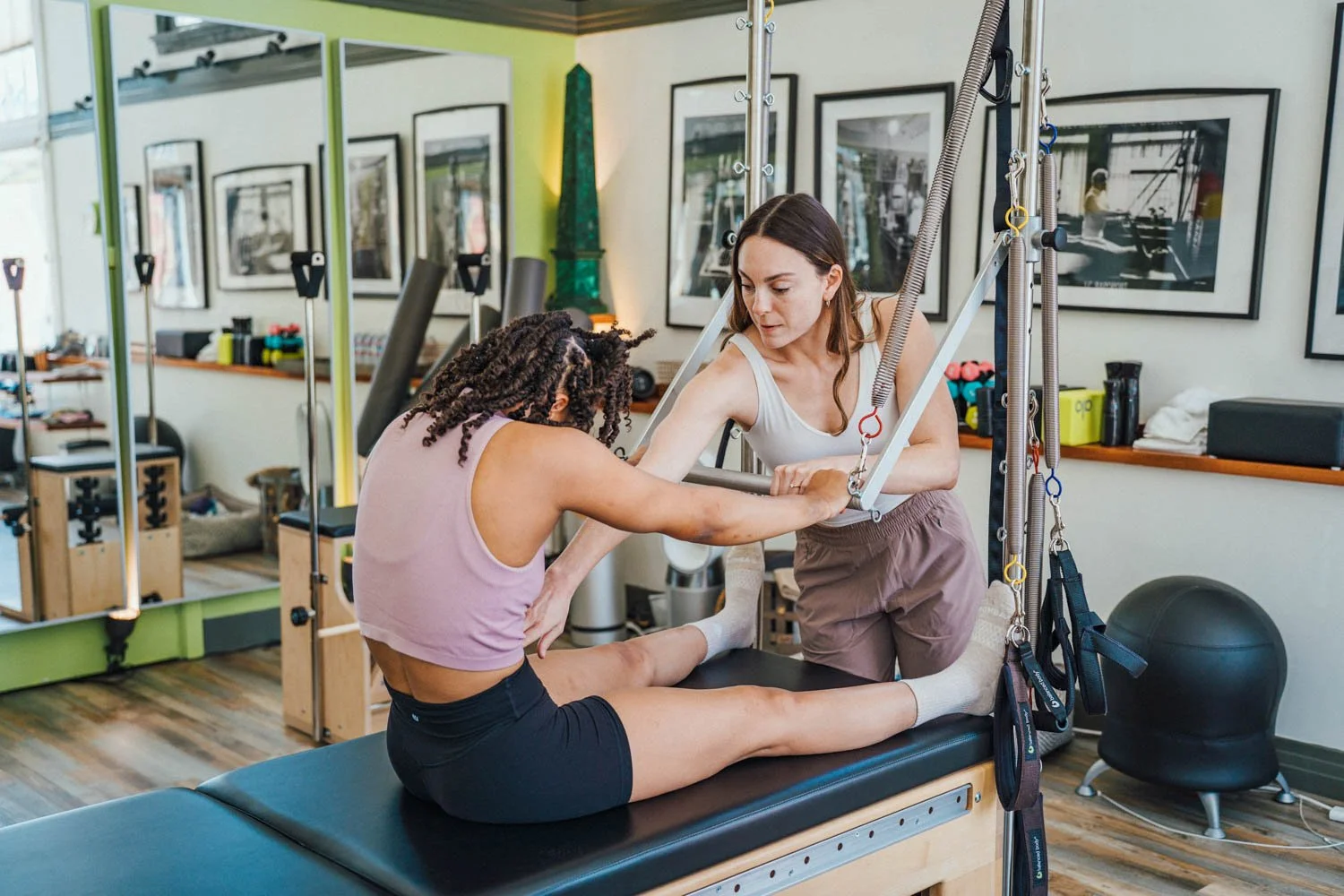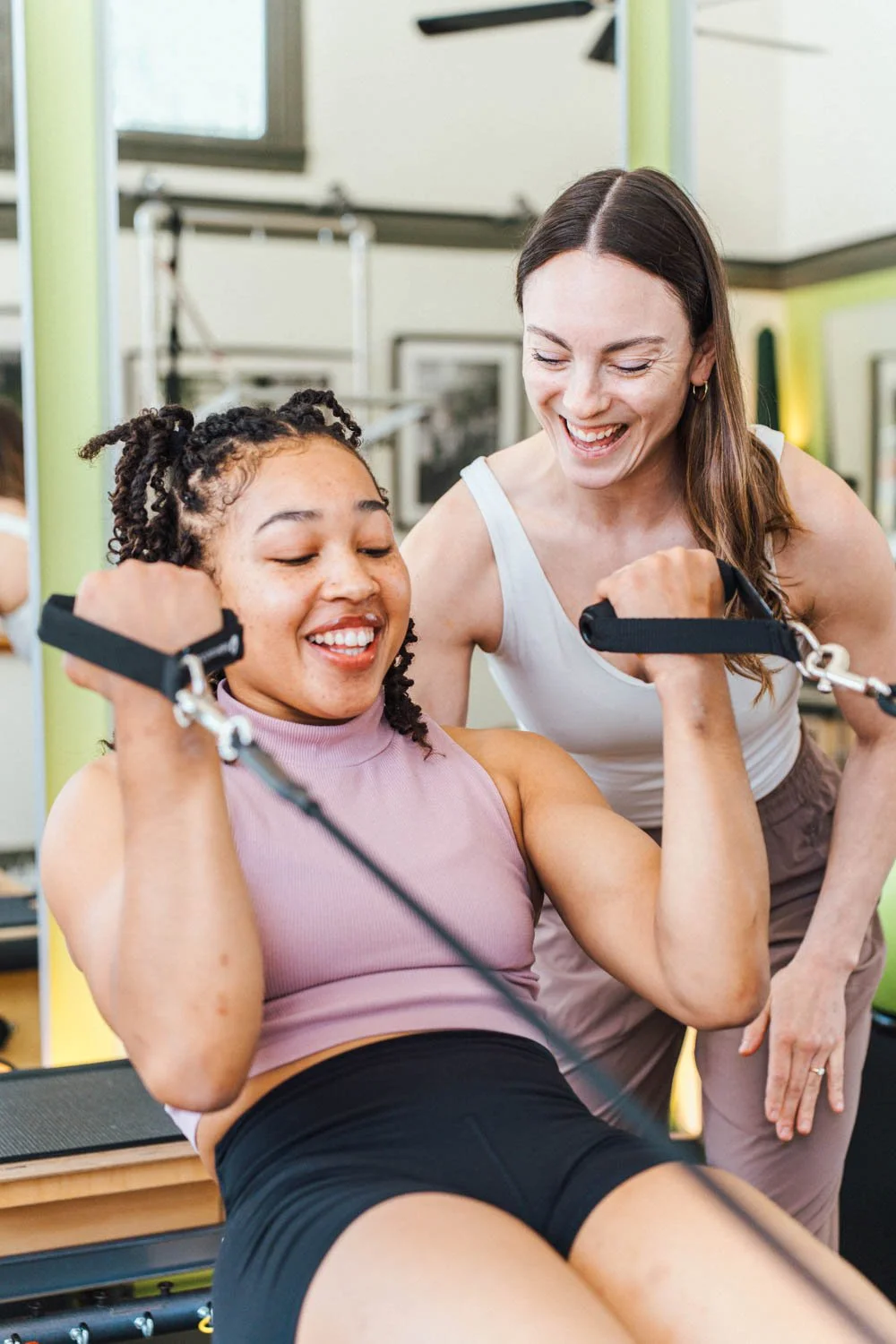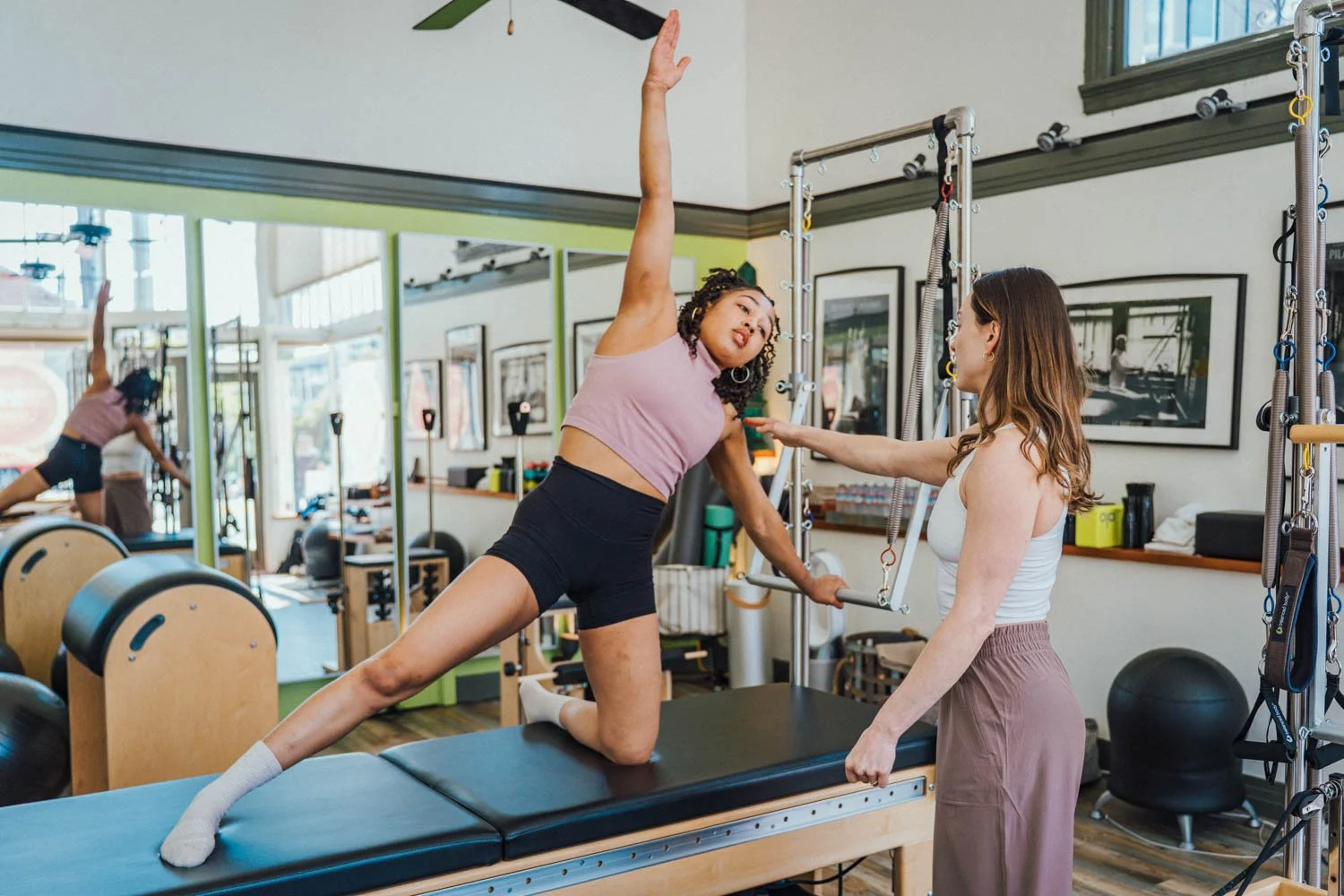
Pilates: A Comprehensive Approach to Fitness & Wellness
The Origins of Pilates
Pilates is a low-impact exercise method that emphasizes core strength, flexibility, and overall body awareness. Developed in the early 20th century by Joseph Pilates, this exercise system was designed to improve physical strength, flexibility, and posture while promoting mental awareness. Initially created as a rehabilitation tool for injured dancers and soldiers, Pilates has since evolved into a popular fitness regimen embraced by individuals of all ages and fitness levels.
The Importance of Core Strength
At the heart of Pilates is the concept of "core" strength, which refers to the muscles of the abdomen, lower back, hips, and buttocks. These muscles play a crucial role in stabilizing the body and supporting movement. By focusing on strengthening the core, Pilates helps improve posture, alleviate back pain, and enhance athletic performance. The exercises are often performed on a mat or specialized equipment, such as the reformer, which utilizes springs and pulleys to provide resistance. This equipment allows for a greater range of motion and can be adjusted to suit individual fitness levels.
Precision, Breathing, and Mindfulness
One of the distinguishing features of Pilates is its emphasis on controlled movements and proper breathing techniques. Each exercise is designed to be performed with precision, ensuring that the body moves efficiently and safely. The practice encourages mindfulness, as participants must concentrate on their movements and breath, fostering a deeper connection between the mind and body. This focus on mental engagement not only enhances the physical benefits of the workout but also promotes relaxation and stress relief.
Adaptability for All
Pilates can be tailored to meet the needs of various populations. It is often recommended for individuals recovering from injuries or preparing for surgery, as it strengthens the muscles supporting the injured areas without putting undue stress on the joints. Additionally, athletes incorporate Pilates into their training regimens to enhance flexibility, balance, and overall performance. The adaptability of Pilates makes it accessible to everyone, from beginners to advanced practitioners.
A Holistic Approach to Health
Furthermore, the benefits of Pilates extend beyond physical fitness. Many practitioners report improved mental clarity, reduced stress levels, and enhanced body awareness. The practice encourages individuals to listen to their bodies and cultivate a positive relationship with movement. As a result, Pilates can contribute to overall well-being, making it a holistic approach to health and fitness.
